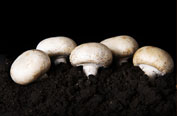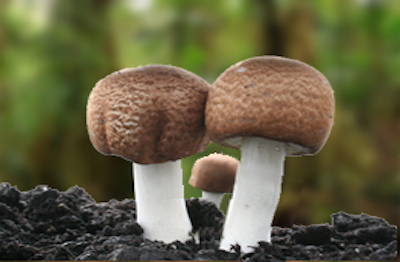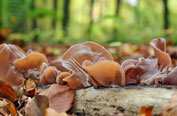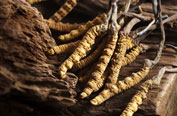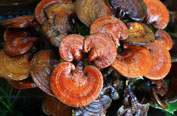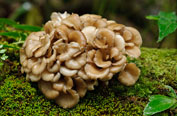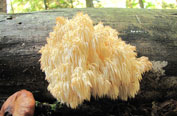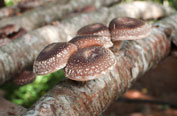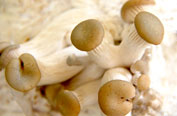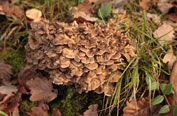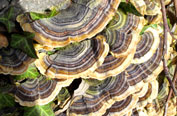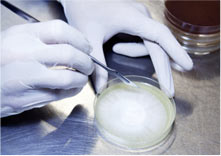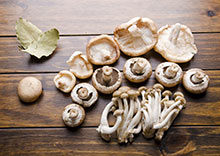
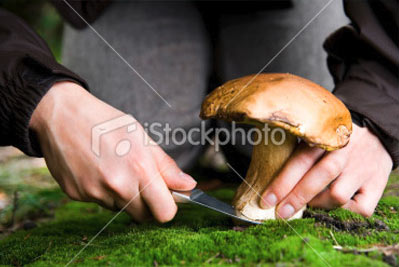
What is a mushroom?
Due to the lack of scientific knowledge fungi were classified as plants for a long time. Today's understanding of genetic and physiological facts show that fungi are more closely related to animals than plants. Unlike plants they neither are able to carry out photosynthesis nor can they produce the carbohydrates they need.
Mushrooms are dependent on organic carbohydrates, built up and provided by other creatures to feed themselves. In the life cycle of organic matter they operate as biodegradant destruents, who disintegrate organic material and dissolve soluble minerals.
On reference to their different nutrient sources fungi can be distinguished into three groups:
Saprophytes decompose organic material like cow dung, wood waste or straw. These fungi are the most important recyclers within the ecological system. This group includes the majority of cultivated mushrooms. It must be mentioned that fungi – like most other live forms – grown in vitro react differently in comparison to their natural forms: With idealised mushroom substrate at hand, bounteous harvest can be reached. Mushroom substrate is a highly specific, nutrient-rich product consisting of selected organic and inorganic matter for the purpose of cultivating mushrooms.
Under natural conditions only a few mushroom heads arise out of a vast amount of mycelia. And they only appear during short periods of the year.
Mushrooms can also live as parasites. These fungi develop at the expenses of another living organism (=host). True parasites are dependent on their host, who provides shelter and nutrition, though they usually do not kill them. Worth mentioning: honey fungi (Armillaria spp.) are probably the largest living creatures on earth with individuals expanding to a surface area of several thousands of square meters, reaching up to 800 meters in depth.
Some fungi live as Symbionts in a mutual beneficial relationship. If a fungus interacts with the roots of a plant, mycorrhiza is formed and establishes a bidirectional flow of nutrients. The fungus provides inorganic nutrients to the plant since it dissolves inorganic matter a lot easier. In exchange the plant affords carbohydrate assembled in photosynthesis. Furthermore the mushroom mycelium retains a great amount of water which is disposed to mycorrhizal plants in periods of dry weather.

